博文
2023年8月嘲风作品集(二)
||
▲ Vol 52 Issue 32 | 15 August , 2023
Enhanced Anaerobic Wastewater Treatment by a Binary Electroactive Material: Pseudocapacitance/Conductance-Mediated Microbial Interspecies Electron Transfer
Mingwei Wang, Tengfei Ren, Mengxi Yin, Kechao Lu, Hui Xu, Xia Huang, and Xiaoyuan Zhang
Anaerobic digestion (AD) is a promising method to treat organic matter. However, AD performance was limited by the inefficient electron transfer and metabolism imbalance between acid-producing bacteria and methanogens. In this study, a novel binary electroactive material (Fe3O4@biochar) with pseudocapacitance (1.4 F/g) and conductance (10.2 μS/cm) was exploited to store-release electrons as well as enhance the direct electron transfer between acid-producing bacteria and methanogens during the AD process. The mechanism of pseudocapacitance/conductance on mediating interspecies electron transfer was deeply studied at each stage of AD. In the hydrolysis acidification stage, the pseudocapacitance of Fe3O4@biochar acting as electron acceptors proceeded NADH/NAD+ transformation of bacteria to promote ATP synthesis by 21% which supported energy for organics decomposition. In the methanogenesis stage, the conductance of Fe3O4@biochar helped the microbes establish direct interspecies electron transfer (DIET) to increase the coenzyme F420 content by 66% and then improve methane production by 13%. In the complete AD experiment, electrons generated from acid-producing bacteria were rapidly transported to methanogens via conductors. Excess electrons were buffered by the pseudocapacitor and then gradually released to methanogens which alleviated the drastic drop in pH. These findings provided a strategy to enhance the electron transfer in anaerobic treatment as well as guided the design of electroactive materials.
https://pubs.acs.org/doi/10.1021/acs.est.3c01986
▲ Vol 56 Issue 16 | 15 August , 2023
Chemical Doping of Organic and Coordination Polymers for Thermoelectric and Spintronic Applications: A Theoretical Understanding
Dong Wang, Hongde Yu, Wen Shi, and Chunlin Xu
Conspectus
The controlled doping of organic semiconductors (OSCs) is crucial not only for improving the performance of electronic and optoelectronic devices but also for enabling efficient thermoelectric conversion and spintronic applications. The mechanism of doping for OSCs is fundamentally different from that of their inorganic counterparts. In particular, the interplay between dopants and host materials is complicated considering the low dielectric constant, strong lattice-charge interaction, and flexible nature of materials. Recent experimental breakthroughs in the molecular design of dopants and the precise doping with high spatial resolution call for more profound understandings as to how the dopant interacts with the charge introduced to OSCs and how the admixture of dopants alters the electronic properties of host materials before one can exploit controllable doping to realize desired functionalities.
By employing state-of-the-art computational tools, we revealed the effects of doping in representative and emerging organic and coordination polymers aiming toward thermoelectric and spintronic applications. We showed that dopants and hosts should be taken as an integrated system, and the type of charge-transfer interaction between them is the key for spin polarization. First, we found doping-induced modifications to the electronic band in a potassium-doped coordination polymer, an n-type thermoelectric material. The charge localization due to the Coulomb interaction between the completely ionized dopant and the injected charge on the polymer backbone and also the polaron band formation at low doping levels are responsible for the nonmonotonic temperature dependence of the conductivity and Seebeck coefficient observed in recent experiments. The mechanistic insights gained from these results have provided important guidelines on how to control the doping level and working temperature to achieve a high thermoelectric conversion efficiency. Next, we demonstrated that the ionized dopants scatter charge carriers via screened Coulomb interactions, and it may become a dominant scattering mechanism in doped polymers. After incorporating the ionized dopant scattering mechanism in PEDOT:Tos, a p-type thermoelectric polymer, we were able to reproduce the measured Seebeck coefficient–electrical conductivity relationship spanning a wide range of doping levels, highlighting the importance of ionized dopant scattering in charge transport.
In the two cases described above, charge injection is enabled by integral charge transfer between the dopant and host polymers. In a third example, we showed that a novel type of stacked two-dimensional polymer, conjugated covalent organic frameworks (COFs) with closed-shell electronic structures, can be spin polarized by iodine doping via fractional charge transfer even at high doping levels. We then manifested that magnetization can be attained in nonmagnetic materials lacking metal d electrons and further designed two new COFs with tunable spintronic structure and magnetic interactions after the iodine doping. These findings have suggested a practical route to enable spin polarization in nonradical materials by chemical doping via orbital hybridization, which holds great promise for flexible spintronic applications.
https://pubs.acs.org/doi/10.1021/acs.accounts.3c00091
▲ Vol 15 Issue 32 | 16 August , 2023
Morphological Diagram of Dynamic-Interfacial-Release-Induced Surface Instability
Yu-Fang Lai, Meng-Yuan Chang, Yan-Yu Liou, Chang-Chun Lee, and Han-Yu Hsueh
In this study, a morphological diagram was constructed for quantitatively predicting various modes of surface instabilities caused by the dynamic interfacial release of strain in initially flat bilayer composites comprising an elastomer and a capping layer. Theory, experiment, and simulation were combined to produce the diagram, which enables systematic generation of the following instability patterns: wrinkle, fold, period-double, delamination, and coexisting patterns. The pattern that forms is most strongly affected by three experimental parameters: the elastic modulus of the elastomer, the elastic modulus of the capping layer, and the thickness of the capping layer. The morphological diagram offers understanding of the formation of complex patterns and development of their applications. Critically, the wrinkle alignment can be well controlled by changing the direction of the interfacial release to enable the creation of centimeter-sized and highly ordered lamellar wrinkled patterns with a single orientation on a soft elastomer without the need for costly high-vacuum instruments or complex fabrication processes. The method and diagram have great potential for broad use in many practical applications ranging from flexible electronic devices to smart windows.
https://pubs.acs.org/doi/10.1021/acsami.3c07497
▲ Vol 148 Issue 16 | 21 August , 2023
Nanoliter atmospheric pressure photoionization-mass spectrometry for direct bioanalysis of polycyclic aromatic hydrocarbons
Siyuan Tan, Xinchi Yin, Lulu Feng, Juduo Wang, Zhichao Xue, You Jiang, Xinhua Dai, Xiaoyun Gong and Xiang Fang
Polycyclic aromatic hydrocarbons (PAHs) are a class of low-polarity environmental contaminants that have severe carcinogenic effects and have drawn worldwide attention. However, there remain challenges for current mass spectrometric ionization techniques in the analysis of low-polarity compounds in small-volume biosamples, such as single cells. In this work, we developed a nanoliter atmospheric pressure photoionization (nano-APPI) source and optimized its parameters for the detection of PAHs in small-volume samples. We evaluated the ionization performance of the source in direct and auxiliary gas-assisted photoionization modes and analyzed different PAH compounds as well as spiked biosamples. By combining the advantages of nano-electrospray ionization (nano-ESI) and atmospheric pressure photoionization (APPI), our newly developed nano-APPI source achieved high sensitivity for the analysis of PAHs down to the fmol level. Compared to conventional atmospheric pressure chemical ionization (APCI), the detection limit of PAHs was increased by 1–2 orders of magnitude. By optimizing various parameters, we achieved highly efficient ionization of PAHs, effective analysis of PAHs in mixed components, and sensitive detection of low-abundance PAHs in single-cell samples. Our optimized nano-APPI source was successfully applied for the sensitive analysis of PAHs in complex biological samples. Based on our study, we believe that nano-APPI holds great promise for toxicological studies on complex biological samples. The present work has implications for improving the detection sensitivity of low-polarity environmental contaminants and advancing the field of MS-based analysis of small-volume biosamples.
https://pubs.rsc.org/en/content/articlelanding/2023/an/d3an00442b
<静远嘲风动漫传媒科技中心>设计制作
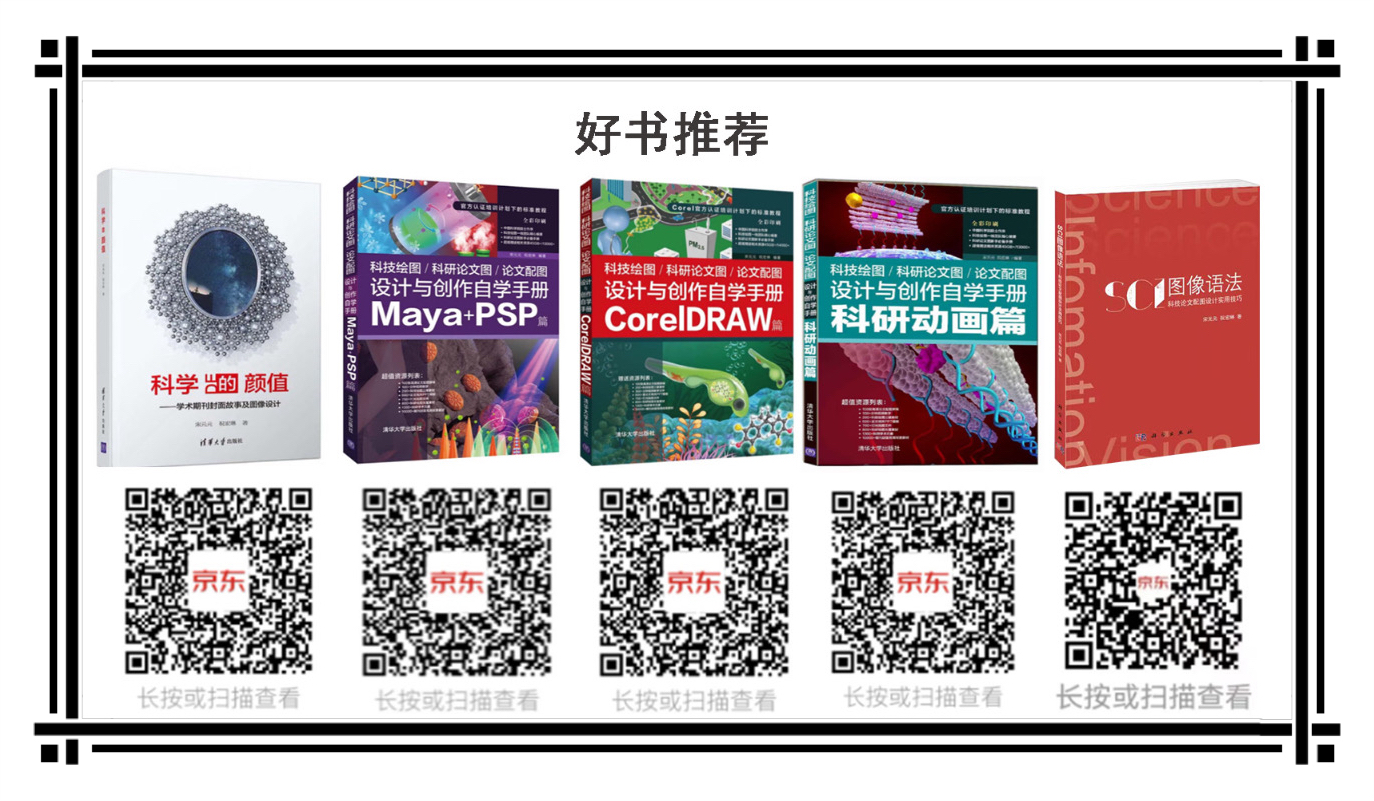
购书链接:
☆科学的颜值:学术期刊封面故事及图像设计
https://item.jd.com/12802188.html
☆科技绘图/科研论文图/论文配图设计与创作自学手册:CorelDRAW篇
https://item.jd.com/13504674.html
☆科技绘图/科研论文图/论文配图设计与创作自学手册:Maya+PSP篇
https://item.jd.com/13504686.html
☆科技绘图/科研论文图/论文配图设计与创作自学手册:科研动画篇
https://item.jd.com/13048467.html#crumb-wrap
☆SCI图像语法-科技论文配图设计使用技巧
https://item.jd.com/10073529532924.html?bbtf=1

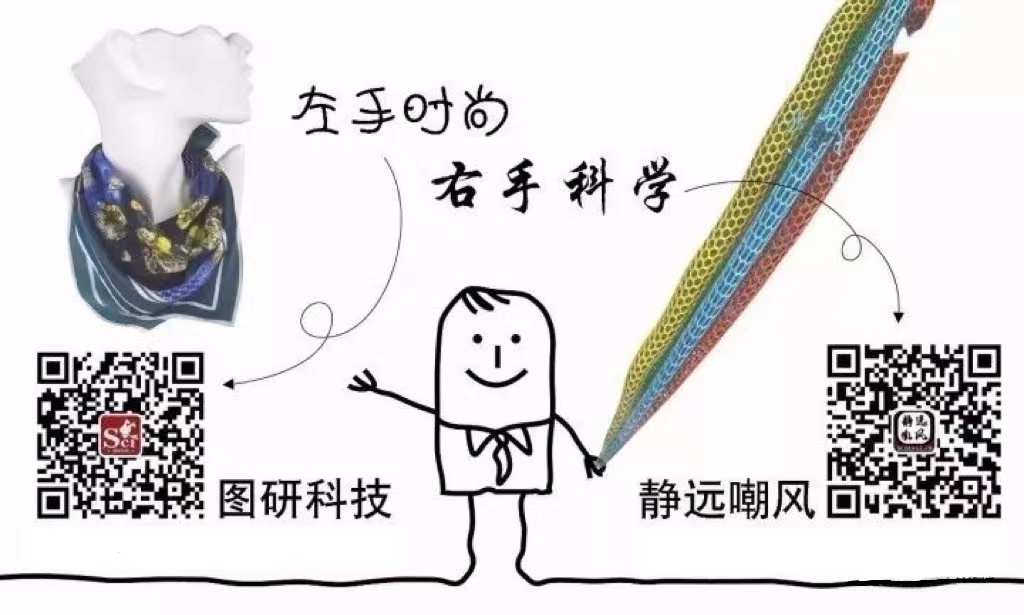
静远嘲风(MY Scimage) 成立于2007年,嘲风取自中国传统文化中龙生九子,子子不同的传说,嘲风为守护屋脊之瑞兽,喜登高望远;静远取自成语“宁静致远”,登高莫忘初心,远观而不可务远。
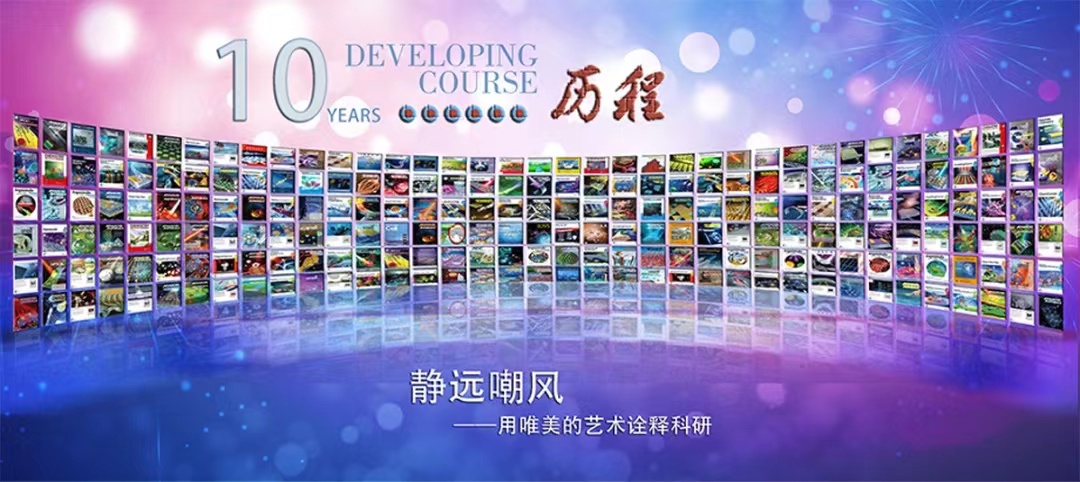
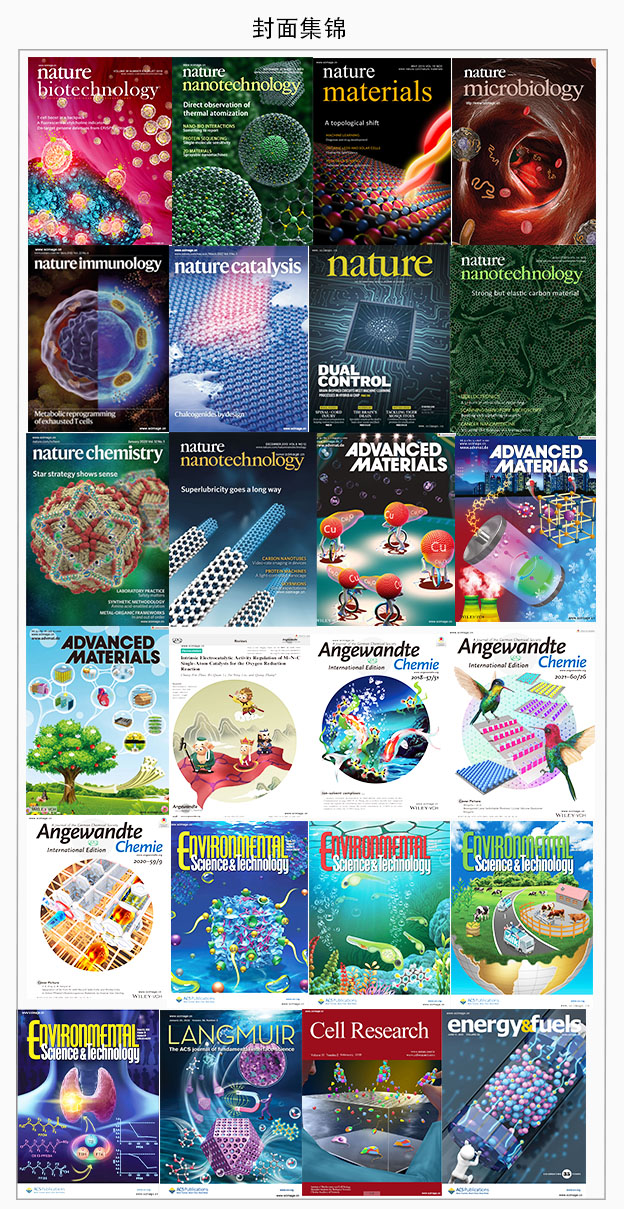
学习更多绘图教程关注:

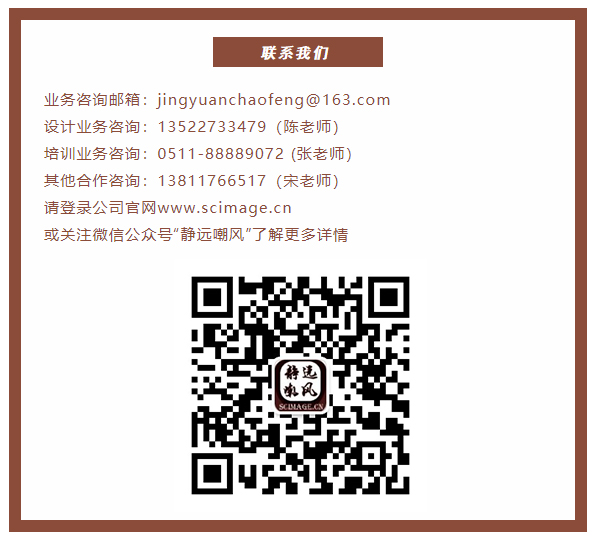
https://m.sciencenet.cn/blog-519111-1407898.html
上一篇:2023年8月嘲风作品集(一)
下一篇:2023年8月嘲风作品集(三)